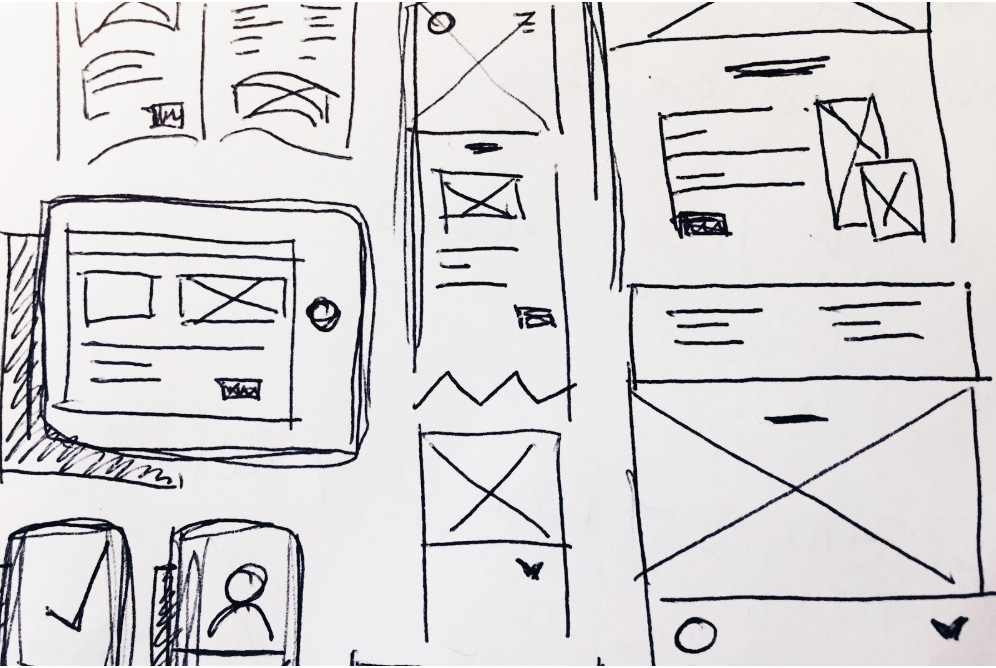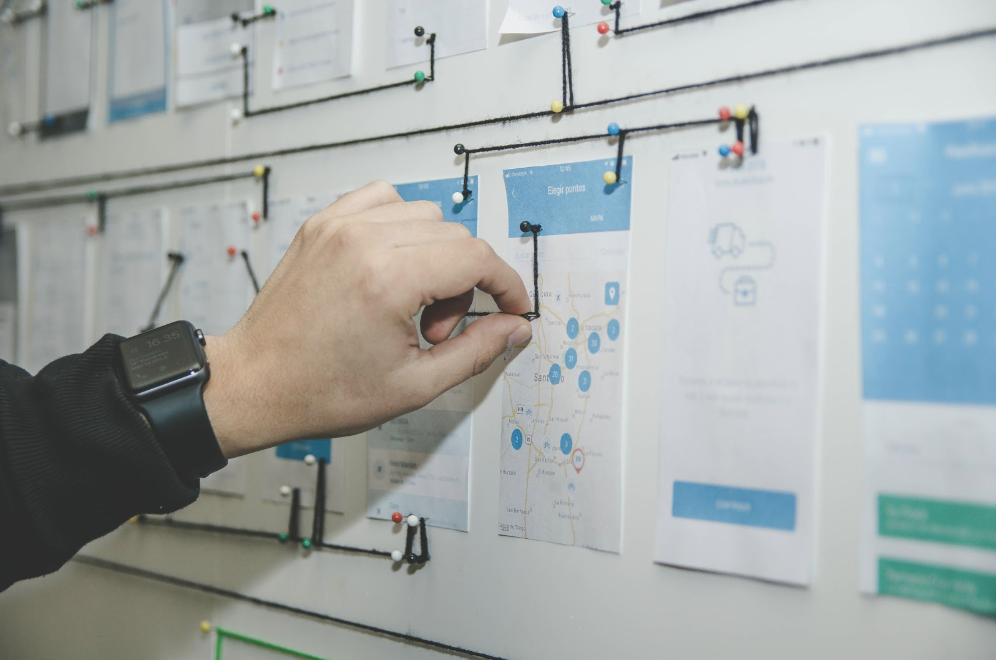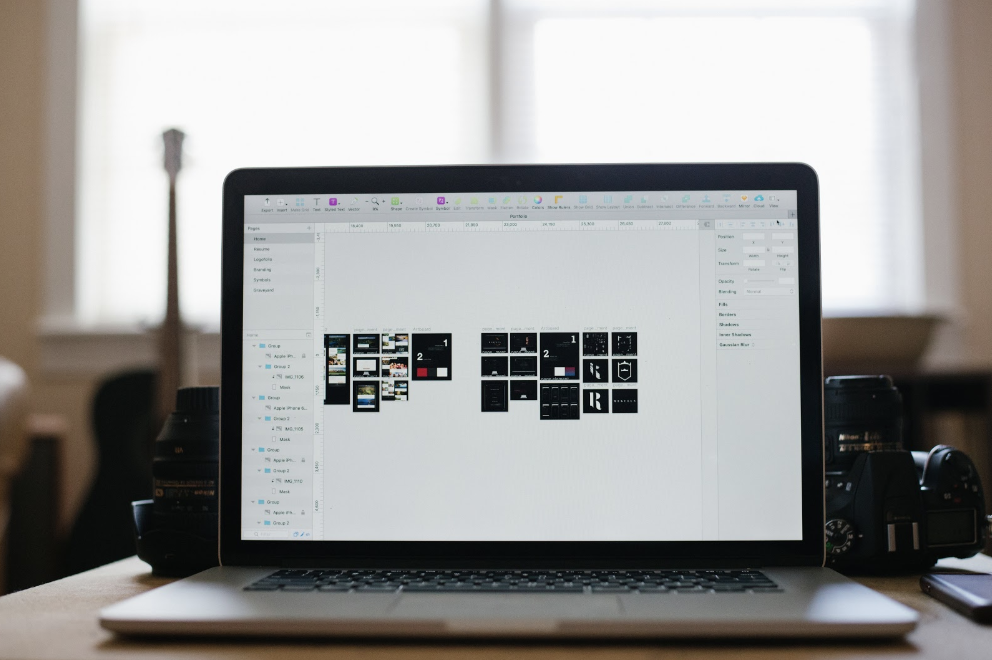
How to Create a Convincing Design Case Study
A case study documents the design process you use to successfully complete a project. It is your opportunity as a designer to show how you work. Hiring managers weigh case studies heavily; it’s the key to unlocking a phone screening and onsite interview. Portfolios typically include 3 to 5 case studies. Showcase work that you are proud of and relates to what you’d like to continue doing at your new job. Keep in mind, hiring managers want to know the why behind your decisions and how you aligned design with business goals.
How to format your case studyThe format of a case study is critical. Keep in mind who your audience is. The people reviewing your portfolio include recruiters, hiring managers, and design teams. Your audience has a limited amount of time and it’s best to give them the essentials upfront. At the very top of the page include the context, the problem statement, and the solution.
Context
Set the stage for what you’re working on. For example, what is your role, who did you work with, what is the timeline, what tools did you use, and who are the stakeholders?
Problem
What problem are you trying to solve? Some designers choose to write this as a “How might we” statement. However, this is not necessary. The problem statement should be brief. If your problem statement is wordy or confusing, a hiring manager may move on to the next candidate. Take some time to craft your problem statement and use an active, not passive voice.
Solution
Make your solution screen(s) visible at the top of the page. You don’t need to show the entire solution, but a few example screens, gifs, or even a short video, can give the reviewer a good idea of what your solution is. It may seem counterintuitive to show the solution upfront, but it’s important to catch the reviewer’s interest.

“Design thinking is a human-centered approach to innovation that draws from the designer’s toolkit to integrate the needs of people, the possibilities of technology, and the requirements for business success.”
— Tim Brown, former CEO of IDEO
What is your design thinking process?Before you launch into the details, outline your process, similar to the table of contents in a book. Not all design processes will look the same depending on the project and that’s something that you as the designer dictate. Show your expertise by walking through your design thinking process and where you incorporated qualitative and quantitative data.
Empathize
Empathizing refers to understanding your users. This is where most designers will go into their discovery or user research process. Some techniques here could be secondary research, user interviews, empathy maps, and personas.
Define
The second stage of design thinking is to define exactly what the problem is you are trying to solve. This can include any initial assumptions you may have, current metrics, and goals.
Ideate
Ideation is generating ideas to solve a problem. This includes brainstorming tactics like sketches, crazy 8s, and storyboarding.
Prototype
Prototyping starts with wireframes and low-fidelity mockups and results in a high-fidelity spec that you can hand off to engineers. Prototyping will likely also involve several rounds of feedback from stakeholders.
Test
Being able to test and learn from users can make or break a project. Testing can be quantitative, qualitative, or a mix. For example, qualitative research could be usability testing and quantitative testing could involve monitoring the interactions on a page or a key metric like sign-ups.
 Present your work professionally
Present your work professionally
The people evaluating your portfolio only have a few minutes to review each candidate. With this in mind, it’s critical to make your case studies scannable. Use sections, contrast, size, and white space to distinguish headers, subheaders, and body text. Don’t write lengthy paragraphs. It’s a common misconception among junior designers that every part of the process should be shared. This is not necessary. Be brief and to the point by sharing only the most relevant details. Include high-quality images to help with comprehension of the case study. Test your images by checking if you can understand the plot from the images alone.
“Stories are just data with a soul.”
― Carmine Gallo, author of Talk Like TED
A case study is a testament to your communication skills. Share the details of your project like a story plot to engage your audience. Research shows that the brain retains information better in the form of storytelling because people remember more when they empathize. Share your emotions as you go through the process: When were you frustrated? What surprised you? What did you learn?
 End strong
End strong
Don’t just end your case study with the solution. Your case study is your opportunity to sell yourself as a designer. Keep this in mind as you tell the story. Hiring managers are looking for designers that are self-aware and capable of growth. Conclusions should always include the solution and how the designer measured success. However, you should also call out what you learned, where you struggled, what you might do differently, and what you accomplished. Depending on the project, you may also cover handoff to engineering, quantitative results, iterations, or next steps.
The TakeawayCase studies are critical to getting the job you want. They should include the problem, process, and solution. You should walk your audience through what new knowledge you uncovered and why you made the decisions you did that led to your final deliverable. If you are able to share this information in a direct and compelling way, you will be all set to interview with a strong design portfolio.
For examples of great case studies, check out: Bestfolio Case Studies.

